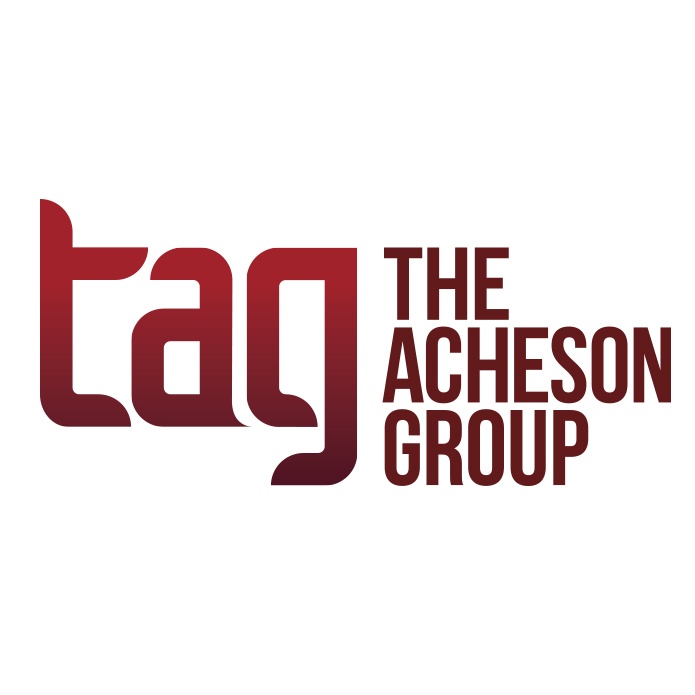It seems that FDA is making good use, itself, of the extra time it provided the industry for compliance with the Nutrition Facts and Supplement Facts Labels and the Serving Size rules. As originally published in the final rules, manufacturers would have had only another few months to have updated nutrition labels on all food products. But in October 2017, FDA issued a proposal to shift compliance dates forward by 1 1/2 years (2 1/2 years for smaller manufacturers). In the meantime, the agency has been working on detailed guidance for various aspects of the rules to provide industry with “the information they need to effectively implement the new version of the Nutrition Facts label in a timely fashion.” Because the Nutrition Facts label hadn’t been meaningfully updated in decades, FDA Commissioner Scott Gottlieb stated that in transitioning to this new, more informative label, it is important that we provide careful guidance to food manufacturers and to consumers. Thus, the agency is issuing the guidance, and will be launching an educational campaign to help consumers use the new label and interpret the overall nutritional content of products. As such, on March 1, FDA released practical guidances to clarify label declaration requirements for fiber, added sugars, and serving size. Fiber. A final guidance details the evidence FDA is looking for on various non-digestible carbohydrates that may be added to food to count them as fiber on the new label. In 2016, FDA published our new evidence-based definition of dietary fiber, prior to which manufacturers could declare synthetic or isolated fibers as dietary fiber even if they did not have a physiological effect that is beneficial to human health. The new definition is extended to include naturally occurring fibers in fruit, vegetables and whole grains, and seven other isolated or synthetic fibers recognized by the scientific community for having physiological benefits. In recognition that such evidence also exists for other isolated or synthetic fibers, the guidance is intended to provide more detail on FDA’s scientific principles for evaluating the fiber products and how industry can meet the new standards when submitting petitions. Additionally, petitioners who have already submitted requests also are being given the opportunity to revise those filings with added information based on the more detailed guidance. Sugars. Because FDA heard concerns from industry that declaring added sugars on single-ingredient honey, maple syrup, and certain cranberry products may lead consumers to think these actually contain added table sugar, a draft guidance was issued to help industry declare added sugars on these labels. The draft guidance addresses concerns by stating FDA’s intent to allow manufacturers to use a symbol immediately after the added sugars daily value, directing consumers to language that provides truthful and not misleading contextual information about “added sugars” and what it means for each of these specific products. Serving sizes. This final guidance addresses the updated requirements for serving sizes that more accurately reflect what people actually eat and drink. It provides guidance on appropriate reference amounts customarily consumed for a variety of products to aid manufacturers in determining the appropriate serving sizes to include on the labels of their products. As listed in the compliance date extension proposed rule, manufacturers with $10 million or more in annual food sales need to be in compliance by Jan. 1, 2020; those with less than $10 million in annual food sales, Jan. 1, 2021. Pending finalization of the proposed extension rule, FDA intends to exercise enforcement discretion with respect to the original compliance dates. The agency is timing its consumer campaign to begin when the updated labels are fully implemented in the marketplace. The campaign will include educational videos, social media, and user-friendly websites. The goal is to help consumers discern the relationship between the dietary choices they make every day and the impact those choices can have on their own and their family’s health in reducing the risk of chronic diseases like obesity, diabetes, heart disease and a variety of cancers. The updated nutrition label and FDA’s outreach are intended to support the underlying public health goal that Congress established. The aim is not only to provide consumers with helpful tools to make healthy food choices including clarity on food label claims, but also to create incentives for food producers to manufacture products that are healthier. The Acheson Group (TAG) Led by Former FDA Associate Commissioner for Foods Dr. David Acheson, TAG is a food safety consulting group that provides guidance and expertise worldwide for companies throughout the food supply chain. With in-depth industry knowledge combined with real-world experience, TAG’s team of food safety experts help companies more effectively mitigate risk, improve operational efficiencies, and ensure regulatory and standards compliance. www.AchesonGroup.com






